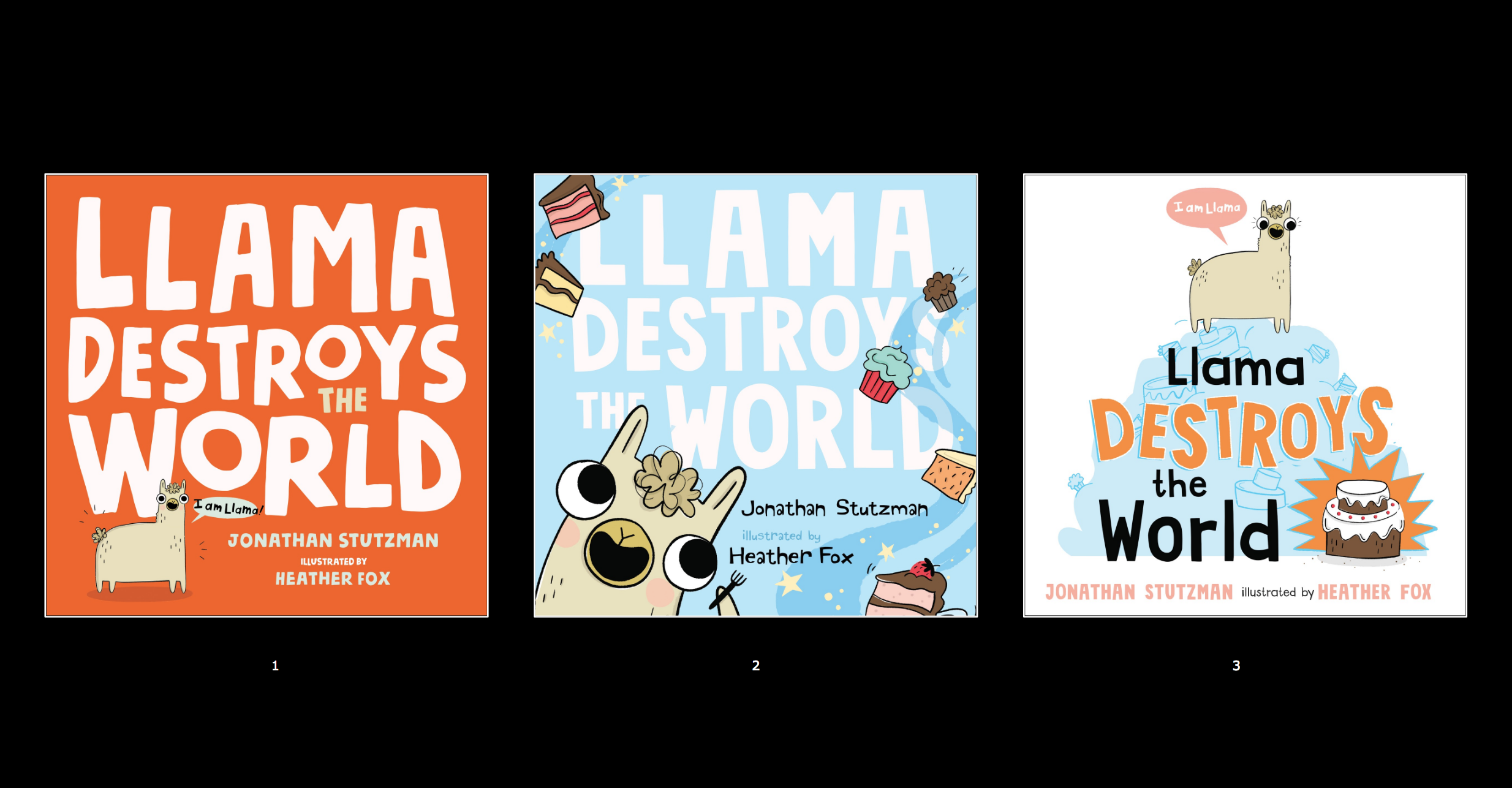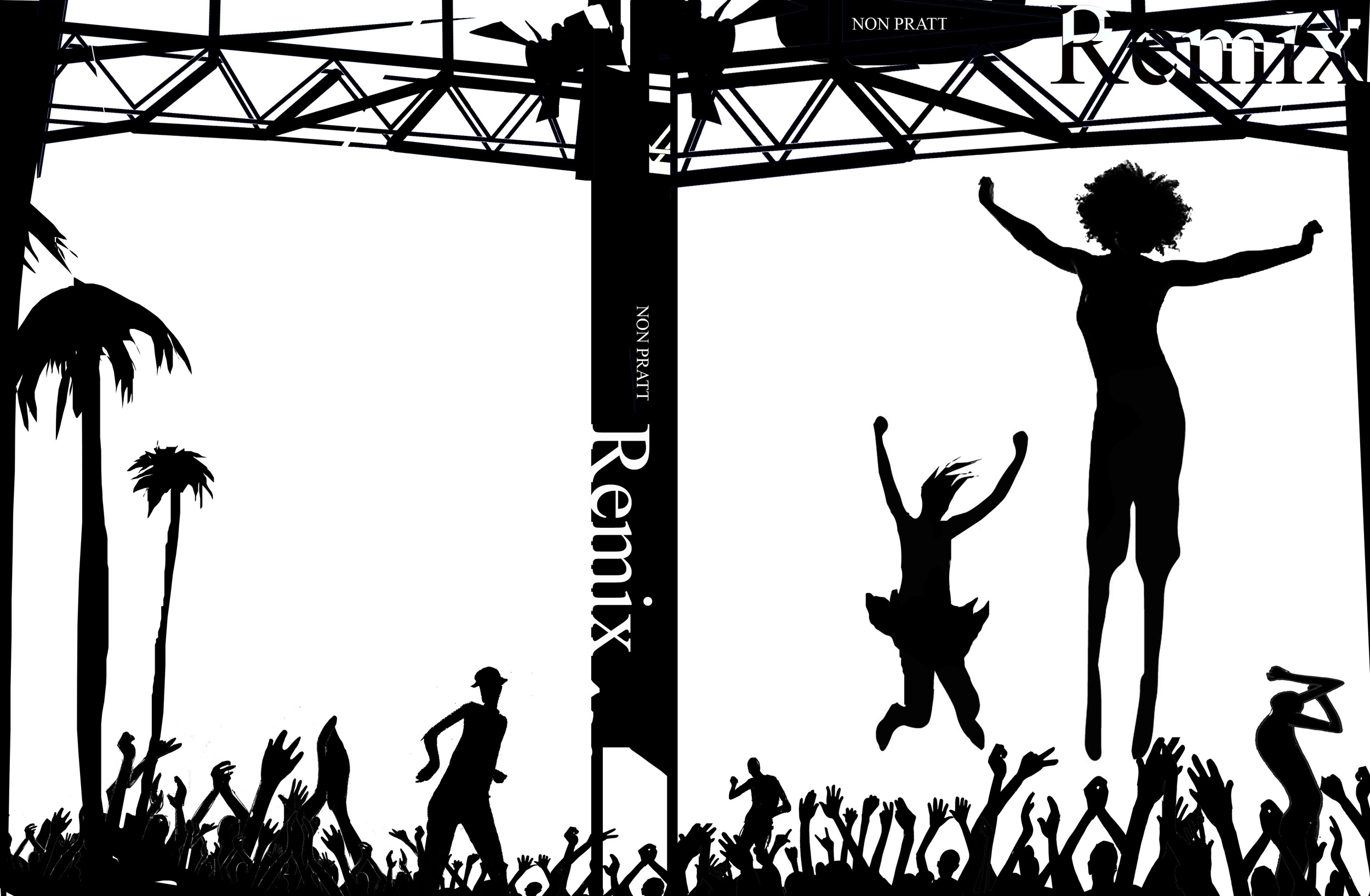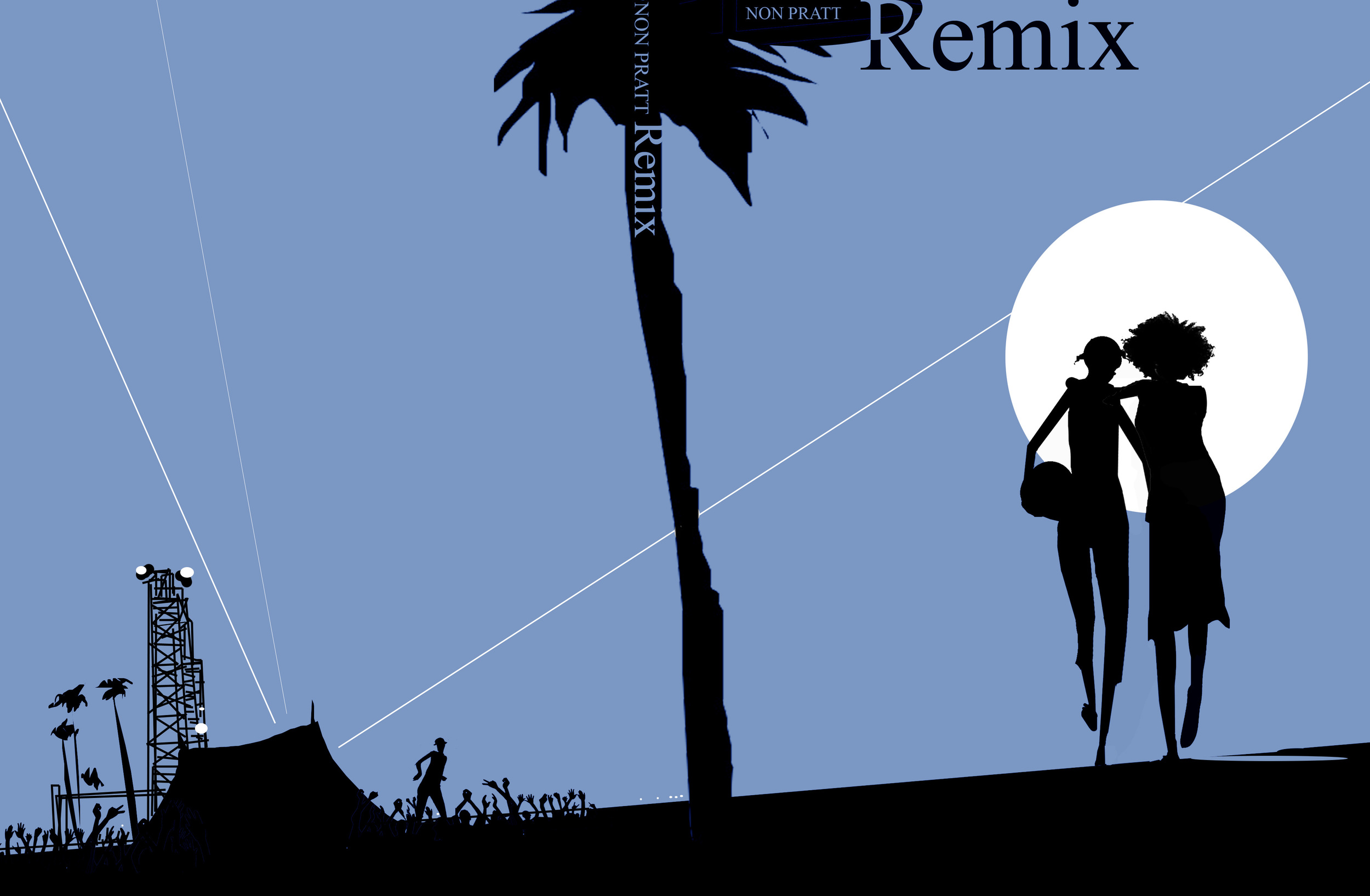CT: I must begin by saying I love the books you send to me. Of the five submissions I've received from you, I bought two (Tommy Wallach's We All Looked Up and Christian McKay Heidicker's Cure for the Common Universe), made an offer on one (Rahul Kanakia's Enter Title Here, which ended up at Hyperion), and was devastated not to be able to make a play on another. Only one--also by Rahul--was a pass for me. Beyond that, Barnes & Noble had three novels you represent on their list of most anticipated YA novels of 2015. So, my question for you: How do you have such amazing taste?
JC: Wow, thank you! I wish there was some secret formula (I really do, because then I’d be RICH), but it really comes down to connecting with a project on a gut level. When I first read Last Year’s Mistake (Simon Pulse, June 2015), I wasn’t a particularly avid consumer of contemporary romance, but there was something in Gina Ciocca’s writing that struck me as so special. I still remember an early scene wherein two characters eat taffy on the beach— an image I just couldn’t get out of my head, Gina had drawn it so deftly and so simply. It’s that moment where a book pulls you in, either with a plot twist or choice detail, and you know something magical is happening. Whether or not that’s taste, I can’t really say.
I think part of finding great projects is tuning into really unique voices. I have a short attention span, so I always like something that really keeps me guessing, that feels *different*. Certainly with Rahul, Christian, and Tommy, I saw something in their writing that jumped off the page, whether it was a particular ear for character voices, a bent sense of humor, or wonderfully skewed view of the world. I think as readers we’re drawn to voices that feel unusual in this way, and I’m certainly drawn to the same as an agent.
You call out one of the more challenging aspects of our jobs. We're both regularly asked what we're looking for, right? And it always comes down to voice, which is a really vague and unsatisfying answer. So then I add all of these specifics (a YA novel that explores the affects of the wars in the Middle East, a picture book about being biracial, a middle grade novel with elements of Chinese folklore), but really, it's just voice. And then there have been plenty of books I've passed on that had amazing voices but no clear selling angle. Before I acquire a book, I have to convince my publisher and the sales and marketing teams that the book will sell. But you don't have that same pressure, do you? You ultimately decide what clients you take on. So beyond voice, what other factors are you considering when you're signing up projects?
It’s interesting you say that, because I definitely have the publisher and sales force in mind when I submit a project, as well as the editor. That’s why I always want to send only the most polished and perfect manuscripts, as I know the editor has to turn around and sell them to the team in-house. It’s not enough for a manuscript to have clear potential— anyone must be able to read and see immediately the project is a winner, something special.
When I signed Courtney Alameda (whose debut Shutter released from Feiwel & Friends in February), it was on a ten-page sample at a conference. This is *extremely* rare in my experience, but it wasn’t just her amazing voice that sold me. At that same conference I met Courtney for a critique, and I could see immediately she was someone I wanted to work with. Firstly, she was a teen events coordinator for Barnes & Noble at the time, with a strong network of authors and industry professionals and a first-hand appreciation of author promotion. She was also passionate about her work. Shutter was far from the first manuscript she’d ever written; she’d been honing her craft for years before seeking representation, which told me she was both prolific and committed to improving. Finally, Courtney and I just hit it off personally. We talked for an hour about books, movies, video games (she’s a sci-fi nut like me), and I could tell she’d be easy and fun to work with. When I take on a new client, I’m looking for some combination of these qualities. Not just talent, but industry, commitment, marketability, and a personal rapport.
Those are incredibly valuable traits for any artist trying to make it these days. And I absolutely agree with you--a personal rapport is essential. I also like to make any author I'm considering working with do a bent-arm hang. If you can't hold your body up for at least twenty seconds, I probably don't want to work with you.
One of the reasons I very much enjoy partnering with you on novels is that you're a talented editor. The manuscripts you send are, indeed, polished. I also work with agents who do little to no editing. Their sense is that the acquiring editor will have his/her own vision for the book. It's worth noting that you and I had differing opinions on the second half of We All Looked Up. So how do you strike that balance, between editing a novel and accounting for the would-be editor's point-of-view? How do you know when to stop editing before you submit a project?
This question really makes me stop and think, because when I’m editing, there’s no part of my brain saying “oh, I’ll leave this bit to the editor” or “I don’t want to mess with this section because the editor will want to put his spin on it.” Really what I’m trying to do is help the author create a strong foundation which will inspire the editor to build up. When I submit a project, the writing must be polished, the arcs cohesive, the conflicts compelling and layered—but all that is really a jumping-off point in the creation of a great book. Those are the basics. I also know that even if an editor *loves* the foundation the author has created, he might be inspired to totally tear up that foundation and rebuild almost entirely from scratch. But how can you ask an editor to have that kind of vision if you don’t give him a solid jumping off point?
I’ll also note that occasionally I send projects that are much rougher, because there seem to be a few directions the story could go, and I’m honestly not sure which is the strongest. When I submit such projects, I let the editor know I’m sending a manuscript in a rougher state, and why. In those instances, firming up the foundation might be a disservice to the author, when the editor may have a stronger vision for the book at this earlier stage.
It's worth mentioning that you're also a very talented writer. [John is the author of Girl Parts and Cherry Money Baby.] I can only imagine how that side of John figures into all of this. Here's what I'm imagining: John reads a page from a submission. He starts yelling to an empty room. "What the--?! THAT'S how he decided to handle that scene? Ah, hell no. I totally would have done it differently. And by "differently," I mean "better." John pours four fingers of scotch and continues reading.
That is nearly dead-on accurate, though more often it’s me reading something amazing, crying “Why can’t *I* do that?” and then pouring four fingers of scotch.
I've half-joked at conferences that one way to get a book deal is to secure a job in publishing. (Two cases in point: you and me.) I'm guessing you became an agent for reasons other than selling your own manuscript. I know it has been years, but do you remember what those reasons were?
In college I worked as a permissions assistant for my school’s independent press, handling requests to reprint portions of our large poetry backlist. I was working on my first novel (the first of several that never saw the light of day), and I loved writing, but I was interested in the business, too. I loved the blend of artistic and professional, the mechanics of making a book—that sacred object I was studying—and how an idea transforms into a physical object you can discover, purchase, and enjoy.
I came to New York looking for a publishing job, but I fell into agenting somewhat by accident. After interviewing for editorial assistant positions around town, I answered an ad on Craigslist for what was essentially an agent’s assistant/dog-walker. I was literally the guy tripping down Broadway with two lattes, a phone to my ear, dry-cleaning over one shoulder, and a 100-pound American bull dog straining at the leash. But the agenting part—man, I fell in love with that almost immediately. I was a writerly wall-flower type as a kid, and here was a job that forced you to pick up the phone and get things done, to be social, outgoing, even forceful when necessary. It’s a job that requires you to think on your feet, where you survive by your wits and hustle alone. If it all sounds dramatic—it is! And even when the job’s a slog or thankless (and it certainly can be), it’s that unpredictability and excitement that keep me going.
Gah! I love it! Anne Hathaway as John Cusick in The Agent Wears Ill-Fitting Suits!
Actually I always saw myself as more of a Ryan-Reynolds-in-The-Proposal type and oh wow I’m going to stop talking now…
Let's go with America Ferrera in Ugly Betty.
I, too, love that our jobs present something new every day. Each manuscript has its unique challenges, every author his/her own quirks. And the industry is always evolving. Speaking of quirky authors, do you have any stories you want to share with our readers, maybe of a particularly tough client? Or maybe some advice for writers letting them know what not to do? I have one: Be mindful of the language you use in your correspondence. I've received emails from writers I'm working with that are inappropriate/offensive. Not like dirty pics or crude jokes, but abrasive, where you get the sense that the writer thinks s/he is your boss (P.S. my actual boss doesn't speak to me that way). What's more maddening is when you hear from a co-worker that one of your writers has spoken down to him/her. That's just stupid. Your editor can do a lot to protect you and your image, but only if you contain your bad behavior.
I definitely receive plenty of nasty correspondence from authors I’ve rejected. Snide quips, digs, and sometimes outright threats. This to me seems like such a shame, because though I know it’s frustrating to be rejected, I always encourage authors to try me again…assuming they haven’t burned the bridge by calling me a know-nothing jerk who wouldn’t know a good book if it slapped him in the face etc etc. I wonder if these authors know that agents talk to one another. We especially like to share these nasty responses with our colleagues, partly for the entertainment value, and partly to say “Hey, watch out for this nut.”
The other gnarly author behavior that really gets to me is an unwillingness to work. I hate the word “lazy”— I think what often manifests itself as laziness is often anxiety, fear, or an ignorance of just how hard and long you have to work to make a book a success. However, I’ve met quite a few authors who aren’t willing to edit *at all*, and this really boggles my mind. I think things may be a bit different in the trade fiction world, but in kids books and young adult, I take it as a given an as-yet-unpublished writer will be willing to work with me— or at the very least his editor— to shape and reshape a book until it’s ready to go. The market is just too competitive not to, and those who are unwilling to roll up their sleeves get relegated to the recycling bin, in my experience.
Also, authors looking for agents: never ever ever under any circumstances cold call an agent. This is a major pet peeve of mine, and I’m sure I’m not the only one. Agents receive hundreds of queries a week, and our job is to service our clients, not spend twenty minutes on the phone hearing your pitch. The best way to get an agent’s attention is to follow his or her submission guidelines and submit great work. Don’t send cupcakes, don’t knock on our door, and don’t call. Okay, rant over.
This is FANTASTIC advice. (I do accept cupcakes.) You and I have been in the publishing industry for a while now, so we probably take some of our knowledge for granted. I can imagine it's a bit intimidating just getting started if you're an aspiring writer trying to figure out first steps. That said...you get hate mail?!
I can't let you go without asking what you're reading.
As ever my reading list is three books deep. I'm currently reading Leigh Bardugo's Shadow and Bone (I know, late to the party), Confessions of an Imaginary Friend by Michelle Cuevans, which comes out in September, and rereading my client Hannah Moskowitz's A History of Glitter and Blood, coming this August from Chronicle Books. These are definitely the sorts of books that make me slap my forehead and go "now why can't *I* write like that?"
We All Looked Up by Tommy Wallach came out in March 2015, received three starred reviews, and became a New York Times best seller. His next book, Thanks for the Trouble, comes out in February 2016. Christian McKay Heidicker's Cure for the Common Universe hits bookshelves in Summer 2016. All three books are represented by John Cusick.
Tune in soon for the next Making the Book featuring...the Designer.





























